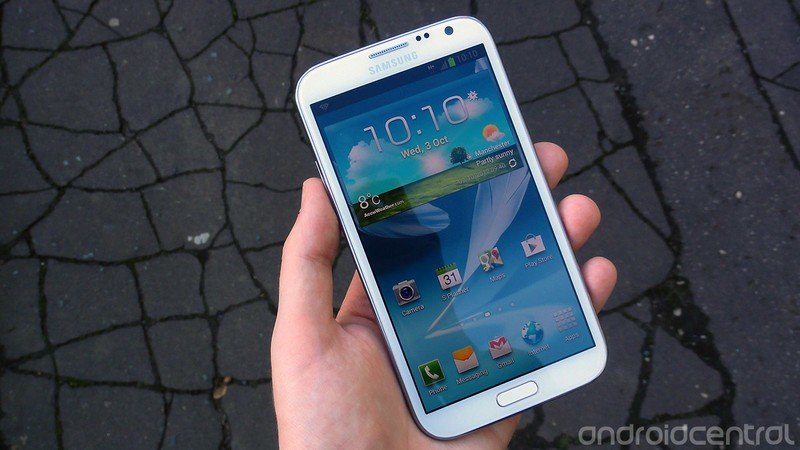Android turns 13: Happy birthday to our favorite teenaged OS
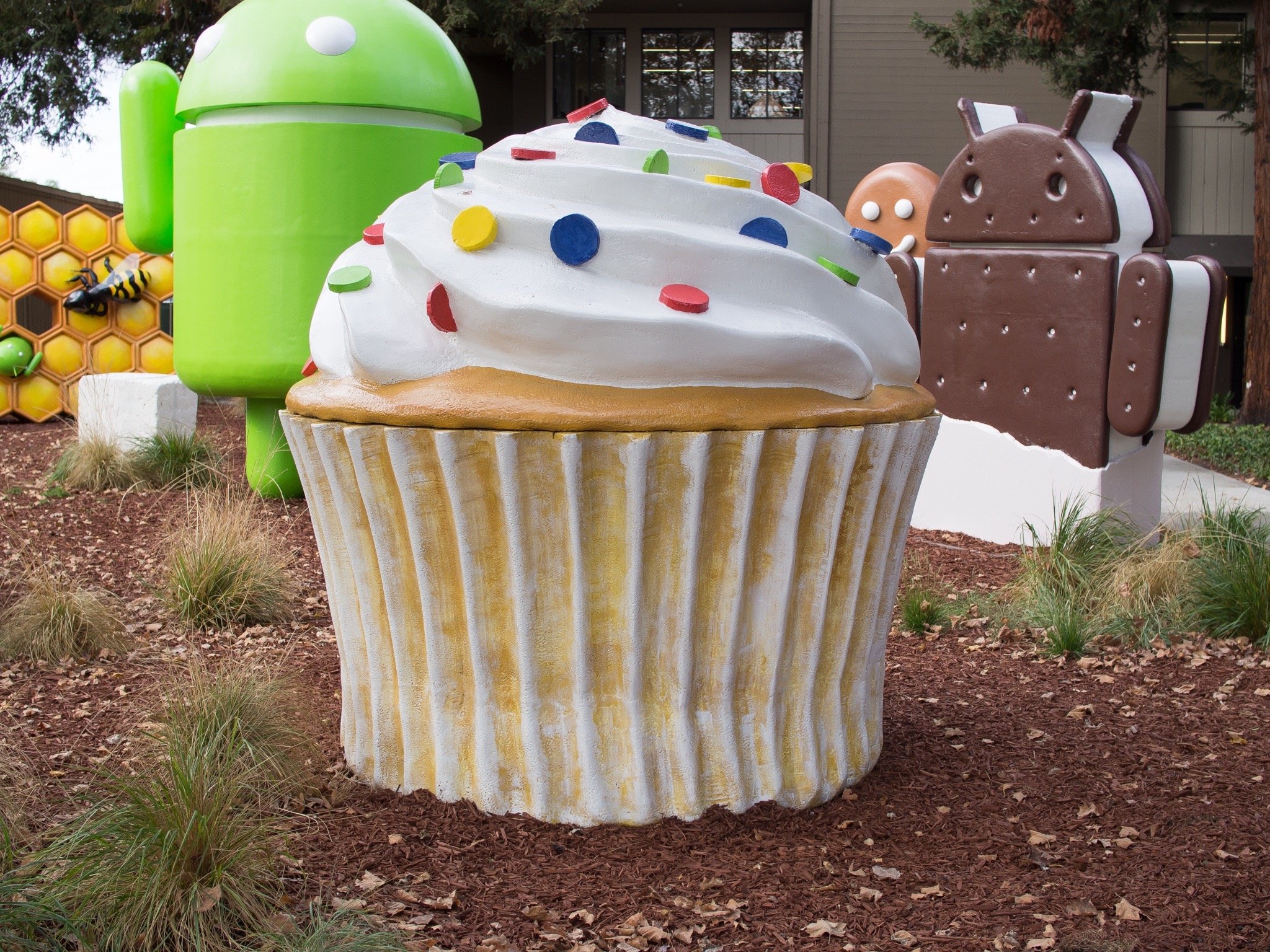
What you need to know
- Android's beta program first launched on this November 5, 2007.
- While there wouldn't be any hardware to actually run the beta on for another couple of weeks, but this was the public debut of the Open Handset Alliance.
- While Android's early years were fraught with horrendous skins, buggy features and inconsistent updates, the platform has stabilized and expanded, now running on over 2.5 billion devices around the world from phones and tablets to watches, cars, and even more bizarre gadgetry.

While Android's "official" public birthday might be in September, that wasn't when Android was actually born, just when its proud parents finally showed off a stable version running on the T-Mobile G1. The date the Android platform was born — and the date that its developing consortium, the Open Handset Alliance was founded — was November 5, 2007, which means that now in 2020, Android is officially a teenager.
While the teen years are usually when people go through their phases while trying to find out who they are at their core, Android has already had three phases and has settled into a stable and more mature mindset the last couple years. Among the phases Android has gone through, the two I remember and loved the most vividly were the classic Holo phase — when everything that dark and kind of brooding with the charcoal/blue color scheme — and the phase that immediately followed: the Material Design phase.
Source: Android Central
Holo was when Android was still making a name for itself, an era where features were coming hard and fast, it was the era where Android earned the nickname "toxic hellstew" from Tim Cook in regard to updates and security vulnerabilities. You may not see that as a good thing, but that nickname forced Google to take a more proactive hand in seeing Android phones stayed updated and secure. It led to Google Play Services eventually being able to patch several parts of the Android system without full system updates, and it also led to Google and now Samsung committing to three full years of updates for their Android phones.
Holo was also an era of experimentation for Android, trying out bigger screens like the first Galaxy Note, flexing screens, physical keyboards, and started experimented with wireless charging and NFC, two features that have now become mainstream among Android phones (and iPhones, too). We're now back in an era of Android experimentation with foldable phones like the Galaxy Z Flip and Galaxy Z Fold 2 and possibly rollable phones soon.
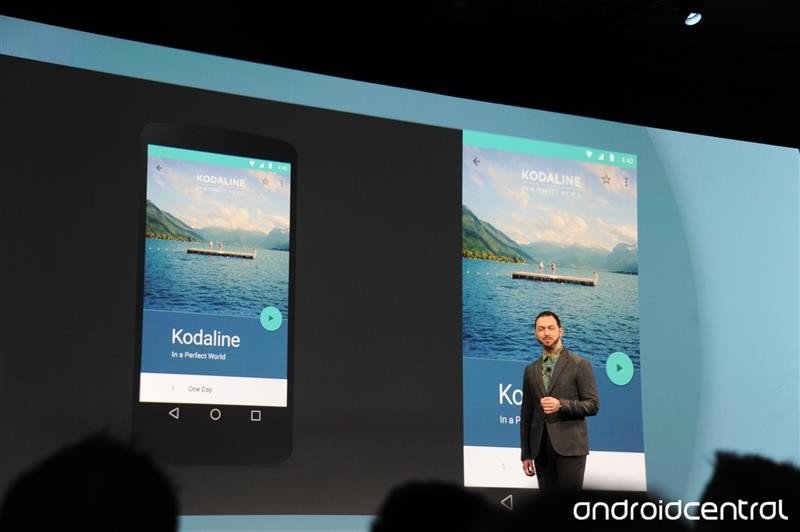
Material Design, on the other hand, was all about reining in the chaos and the vast diversity of how Android looked and behaved to make Android more consistent — and more consistently user-friendly. It gave us the Material Design design framework, where hamburger menus ruled supreme, every Google and system app went from glorious darkness to blinding white, and when Google first started trying to get Android app icons to look uniform, though it failed (and such efforts continues to fail to this day). The Material Design era is when Google started to clamp down on the way manufacturers changed system elements like the notification shade and Quick Settings menu, and it's when we went from services like Google Pay being a rarity to being a system standard.
We're still technically in the Material Design era — at least Google is still in the process of updating apps to Material Design — but Android's last few updated have focused less on big overhauls and more on refining what's already here and make Android more intuitive and useful. Of course, no teenager is without its drama, and the results of the Department of Justice's antitrust case against Google could mean big changes for the way Android operates, distributes, and how Google Assistant integrates with it. That said, it'll take years for judgments and appeals, assuming that any major changes come at all.
Get the latest news from Android Central, your trusted companion in the world of Android
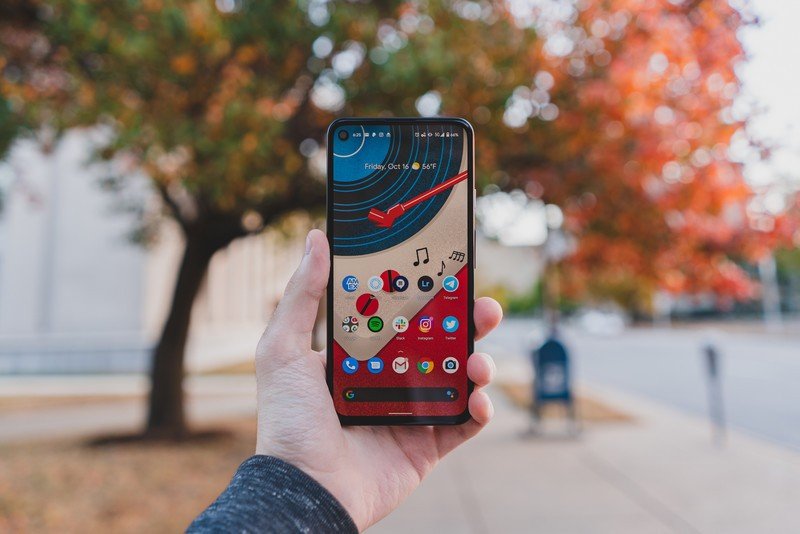
In the meantime, it's time to grab your favorite Android dessert — since we don't get new ones every year anymore, I'll stick the to best one of all time: Oreo — and raise a glass to the most popular operating system on the planet! Which Android phone in the last 13 years is your favorite? How about your favorite Android feature? Mine's being able to fast-forward or rewind from the media notification from Android 10, it's so nice to not have to open the app again if I missed my favorite verse because someone barged in.
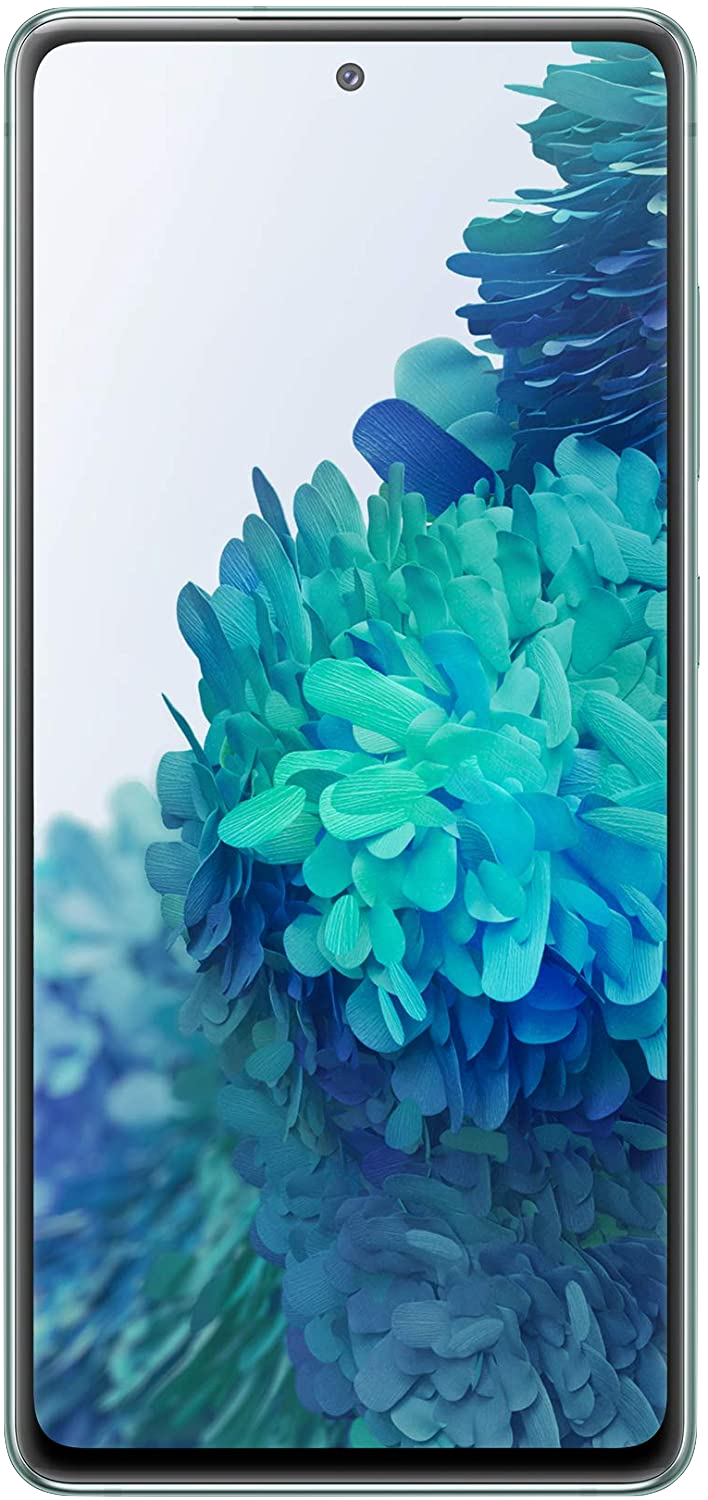
Powerful internals, pretty looks, and major camera upgrades
The Galaxy S20 FE offers nearly everything you'd find on the more expensive S20 variants, with high-end specs and impressive cameras. However, it trades the more irksome curved screen and the fragile glass back for a simple flat screen and a well-textured plastic back that comes in six — that's right, six — different colors.
Ara Wagoner was a staff writer at Android Central. She themes phones and pokes YouTube Music with a stick. When she's not writing about cases, Chromebooks, or customization, she's wandering around Walt Disney World. If you see her without headphones, RUN. You can follow her on Twitter at @arawagco.

